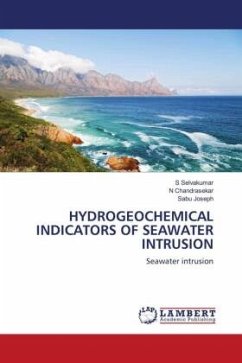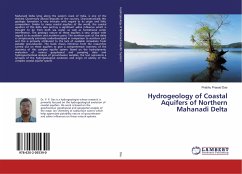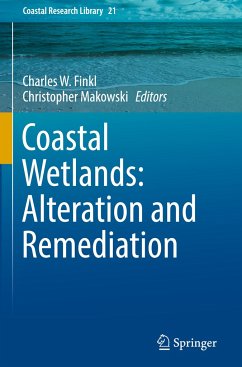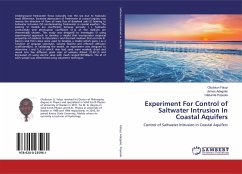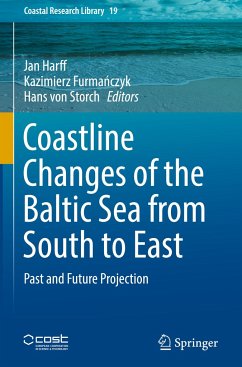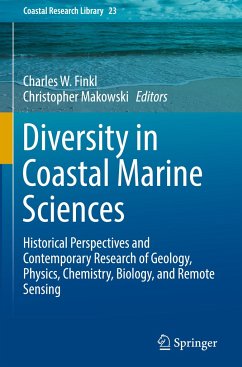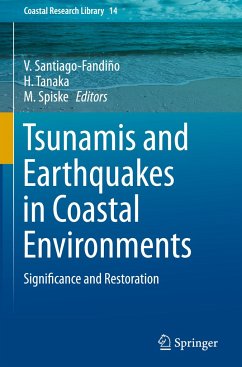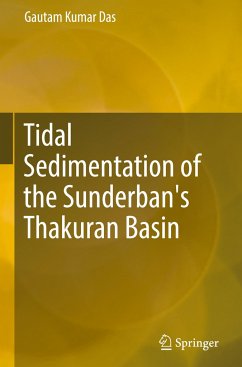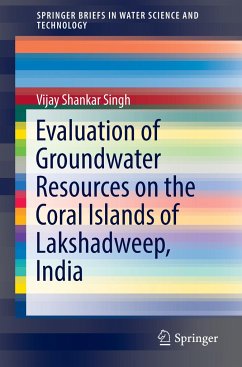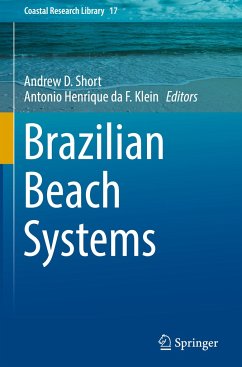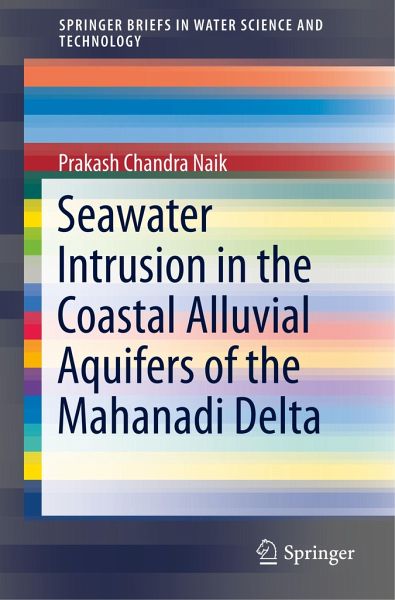
Seawater Intrusion in the Coastal Alluvial Aquifers of the Mahanadi Delta

PAYBACK Punkte
19 °P sammeln!
This book aims to clarify the issue of groundwater in coastal saline environment management. It serves as a reference to scientists, engineers, and decision makers who might use it to improve resource management practice and cooperation in the delta region. It specifically covers the nature and extent of the aquifers in the coastal saline tract of Mahanadi Delta, India. The book scientifically delineates and classifies the aquifers, illustrates the geology, hydrogeology, geomorphology, geophysics, geometry, and water quality of the different aquifers, and explores the nature and extent of seaw...
This book aims to clarify the issue of groundwater in coastal saline environment management. It serves as a reference to scientists, engineers, and decision makers who might use it to improve resource management practice and cooperation in the delta region. It specifically covers the nature and extent of the aquifers in the coastal saline tract of Mahanadi Delta, India. The book scientifically delineates and classifies the aquifers, illustrates the geology, hydrogeology, geomorphology, geophysics, geometry, and water quality of the different aquifers, and explores the nature and extent of seawater intrusion in the different aquifer systems.



